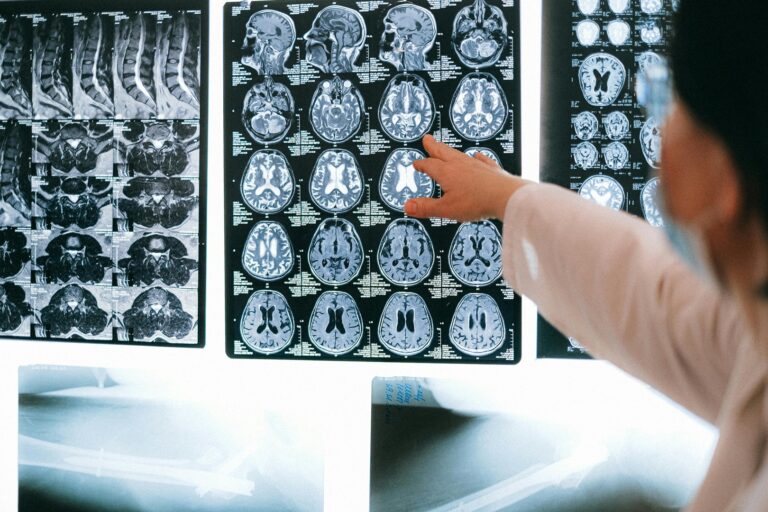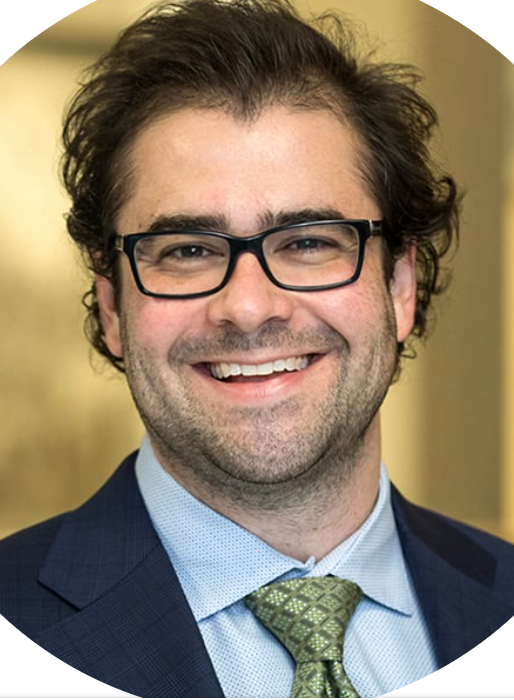On November 21st Dr. Dorothea Altschul discussed her experience in treating patients with pulsatile tinnitusA whooshing or throbbing noise heard in one or both ears that can range from annoying to debilitating. Highly associated with venous sinus stenosis. Click the term to read more and its role in IIH. Dr. Dorothea Altschul a neurosurgeonMedical doctor who diagnoses and treats surgical issues related to the brain, spine, and nervous system. Click the term to read more and is the Director of Neurointerventional Neurosurgery at Neurosurgeons of NJ and at The Valley Hospital.
The moderator for this lecture is Dr. Pierre Gobin. He is a neuro interventionalist at Weill Cornell Medicine in New York with more than 30 years of experience in treating cerebrovascular conditions.
In case you missed it, you can watch the full video here. Below are some key points of her lecture.
- Pulsatile tinnitus (PT) is a symptom, not a condition, meaning there is a lesion or abnormality that needs to be investigated to find the underlying cause. It is a symptom frequently associated with IIH.
- Up until recently there was no definitive treatment for pulsatile tinnitus.
- There are numerous causes for PT such as vascular, intrinsic and extrinsic.
- To differentiate if the patient is experiencing PT versus other hearing complaints, the provider can ask the patient to tap when they hear the swooshing to see if it is synchronous with their pulse.
- The Tinnitus Handicap Score can help determine the severity of symptoms in one with PT.
- A full work up is needed to diagnose PT, including an audiology evaluation, evaluation by an ENT doctor, an otoscopic exam, and stethoscope auscultation.
- Out of many imaging studies, a CT scanUses several X-ray images and computer processing to create cross sectional images. Click the term to read more of temporal bones is the best exam to evaluate ear conditions.
- Venous manometryA minimally invasive involving the introduction of instruments or other objects into the body diagnostic procedure performed by a neurosurgeon or interventional neuroradiologist where a catheter… Click the term to read more is useful in the work up of IIH and PT.
- Venous sinus stenosis is the number one cause of PT.
- The procedural steps for treatment of PT are ever-changing but Dr. Altschul always performs a hypercoagulable work up prior to placement of a venous sinus stent. She will place a patient on dual anti platelet therapy 1 week before and for 3 months after stent placement.
Thank you Dr. Altschul for giving us insight on your experience and advice when treating one with pulsatile tinnitus.
If you would like to attend our next webinar, it will be on Friday, December 1st at 10am EST. We will be discussing IIH and Pregnancy with Dr. Nicole Plenty, OB/GYN and Maternal Fetal Medicine specialist. To register for this free live event, click here.



